1. Rolling Up the Windows for “A/C”

They weren’t flashy, but they knew how to make life feel like something special. Whether it was rolling up the windows to “have air conditioning” or serving powdered milk in a glass pitcher, our grandparents mastered the art of keeping up appearances. On summer drives, some families rolled the car windows up tight, pretending they had the luxury of air conditioning. Inside, everyone was melting, stuck to vinyl seats, and waving church fans, but outside, it looked like comfort and status. It was less about tricking anyone and more about holding onto a small sense of pride together.
2. Turning on the Car Heater in Winter for “Warmth”

Cold months meant bundling up in coats and scarves while riding in the family car. The heater might sputter and blow lukewarm air at best, but everyone leaned into the idea that it was warming them up. Kids in the backseat huddled under blankets, and parents pretended the little blast of heat made things cozy. Even if the windows frosted over and toes went numb, the family pulled through together. The real warmth came from sharing space, telling stories, and laughing at foggy glass drawings. It wasn’t perfect, but it was enough to make the ride feel bearable.
3. Opening the Fridge to “Cool Down” the House
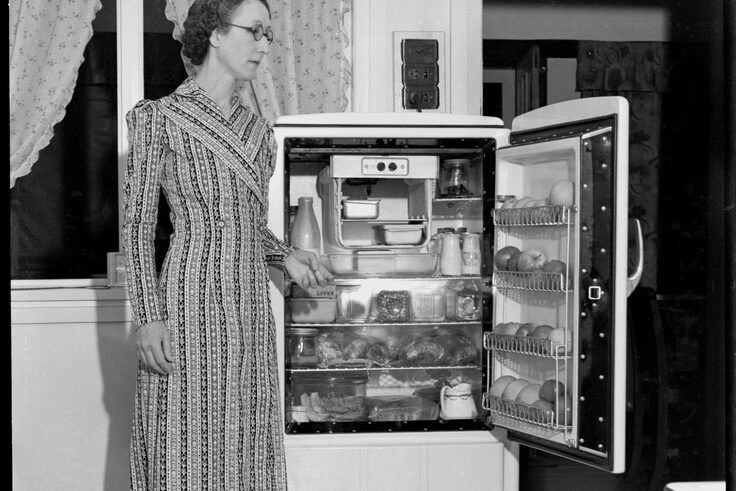
When summer heat felt endless and no fans were in sight, the fridge became the family’s quick solution. Someone would crack open the door and let cool air spill out, giving just enough relief to imagine the whole room was fresher. Kids leaned against it, grinning, while parents laughed at the little ritual. It may not have changed the temperature much, but the illusion mattered. Small things like this gave the home a sense of comfort. In the middle of sticky heat, it was a reminder that you didn’t need much to feel like life was under control.
4. Making Your Own “Sprinkler”

Summer afternoons brought creative cooling tricks that turned backyards into playlands. With an old hose and a milk carton poked full of holes, families invented homemade sprinklers. Water sprayed in wild patterns, soaking kids and grass alike. The lawn got its drink while children squealed with delight, running back and forth like it was a grand attraction. It may not have been a real sprinkler or a trip to the pool, but it felt like both rolled into one. For kids, it was simple magic, and for parents, it was a free way to make summers feel unforgettable.
5. Plastic Slipcovers on Furniture

The living room often felt like a museum, with couches and chairs wrapped tightly in plastic slipcovers. They squeaked when you sat down, stuck to your skin on hot days, and crinkled under every move. Yet, the furniture underneath stayed spotless, giving the impression of newness years after purchase. Guests walking in saw furniture that looked pristine and cared for. It was less about comfort and more about protecting investments meant to last. While not always pleasant, it turned everyday rooms into places that looked well kept, letting families host visitors with pride in their shining furniture.
6. Using Old Jelly Jars for Storage
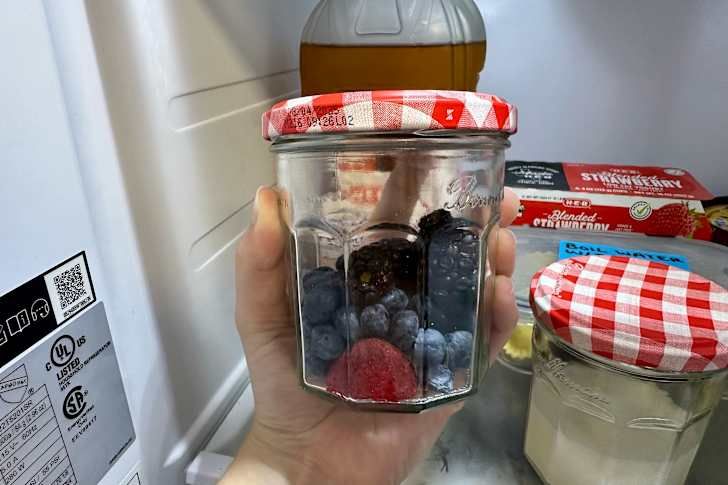
An empty jelly jar never went to waste. Once rinsed and dried, it became a container for anything the family needed to keep. Leftovers, buttons, screws, pennies, or even drinks found a home inside these sturdy glass jars. They lined cupboards, sewing baskets, and tool sheds, each one carrying a second life beyond its original use. For kids, it was normal to drink juice out of a jar that once held preserves. It didn’t feel cheap, it felt practical. The jars gave households an organized look without spending money, proving thrift and style could easily go hand in hand.
7. Bread Soaked in Milk as Dessert
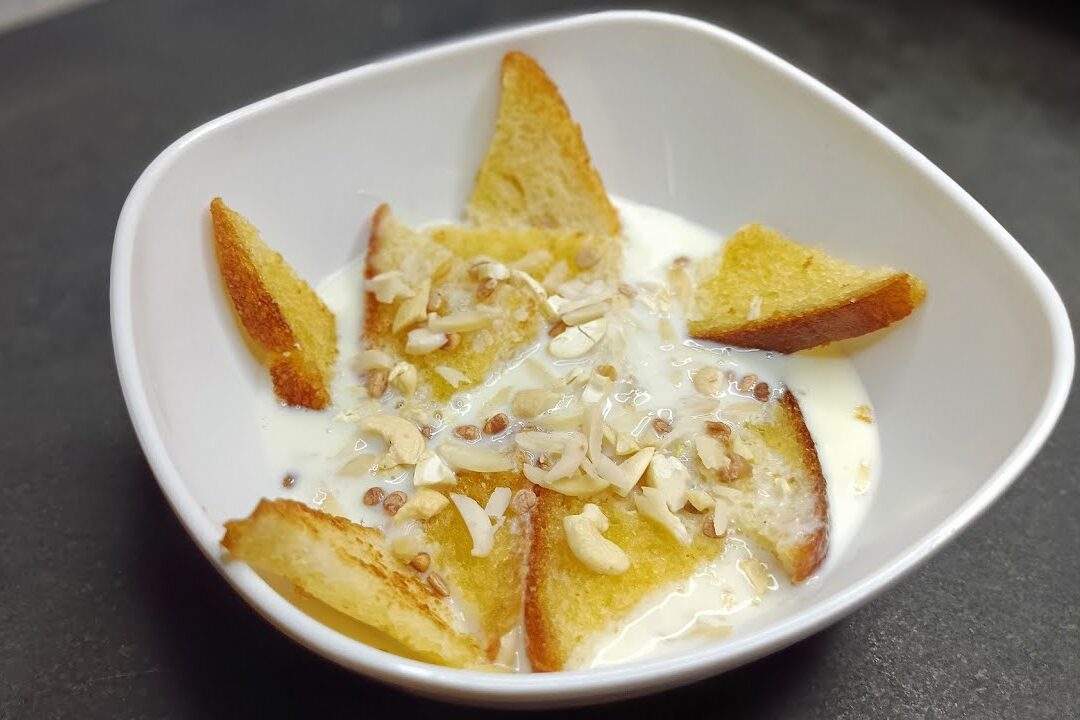
Not every dessert came from a bakery or ice cream shop. For many families, it was a slice of bread torn into pieces, soaked in milk, and sprinkled with sugar. It was soft, sweet, and filling, turning an everyday staple into something that felt like a treat. Kids leaned over their bowls happily, never thinking of it as “making do.” Parents knew it was affordable, but they also knew it was comforting. Even today, some remember it fondly because it tasted like home. Simple and resourceful, it proved joy could be made from the humblest of ingredients.
8. Powdered Milk in a Glass Pitcher

Dinner tables looked a little fancier when milk came out of a glass pitcher. Powdered milk was cheaper than the fresh kind, but when mixed and chilled, it passed the test. Guests or children rarely questioned it once it was poured into cups. Parents cared about more than the taste, they cared about the feeling it gave. Putting it in a pitcher added pride, made meals feel fuller, and gave families the sense they were sharing something special. It was never about fooling anyone, it was about making the ordinary seem good enough to bring people together.
9. Chicory Coffee and “Second Runs”

Coffee was precious, and stretching it meant creativity. Families brewed it once, then topped it up with water for another round, or mixed in chicory to make the pot last. It tasted different, but the aroma still filled the kitchen like comfort. Guests were offered a cup without hesitation, and it felt just as special as the first pour. The act wasn’t about perfection, it was about hospitality. Serving coffee, no matter how thin, was a way to welcome others. It showed that making do with less could still feel like generosity, even on the tightest of mornings.
10. Shiny Shoes with Petroleum Jelly
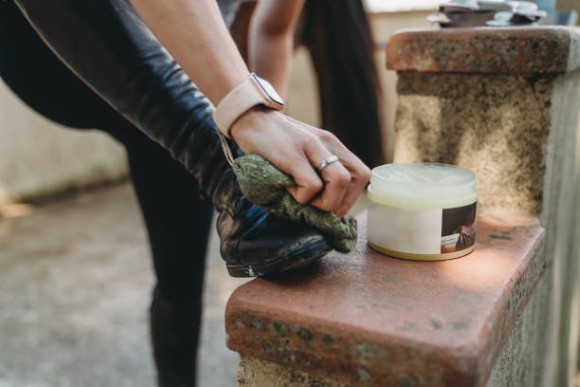
Sunday mornings called for polished shoes, but not every household could afford polish. Instead, a dab of petroleum jelly worked wonders. A quick rub on worn leather gave shoes a shine that looked brand new. Children shuffled in line, waiting their turn before church, while parents wiped each pair with care. To anyone watching, the shoes sparkled, completing outfits that had already been mended or stitched. It was never just about appearances, it was about showing up with dignity. That small gleam reminded families that resourcefulness could transform even the most ordinary things into something presentable and proud.
11. Reusing Old Scraps for Craft Projects
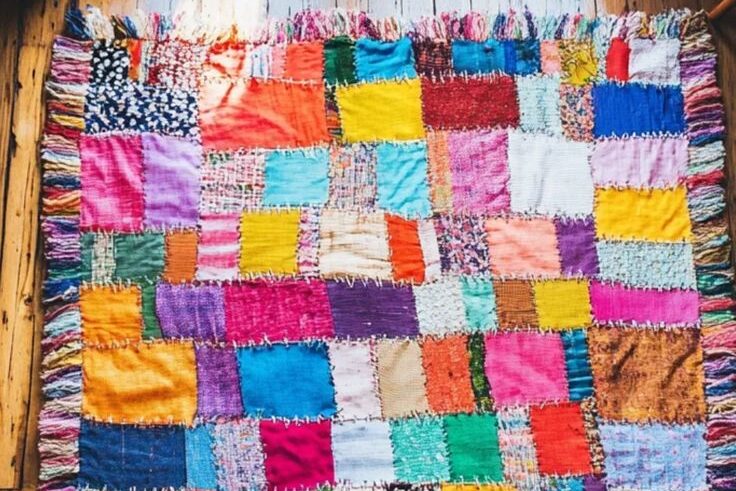
Scraps of fabric, string, and buttons never went in the trash. They were collected in tins and baskets, waiting for a second life. Quilts, braided rugs, and even homemade dolls were stitched together from odds and ends. What seemed like nothing became something beautiful with time and patience. Families prided themselves on making a house feel cozy with decorations that carried meaning. Each piece held a memory, a story, or a season of life. Rather than waste, they created warmth. These crafts weren’t just projects, they were proof that hands and hearts could turn scraps into treasured keepsakes.
12. Making Your Own “Fancy” Ice Cream
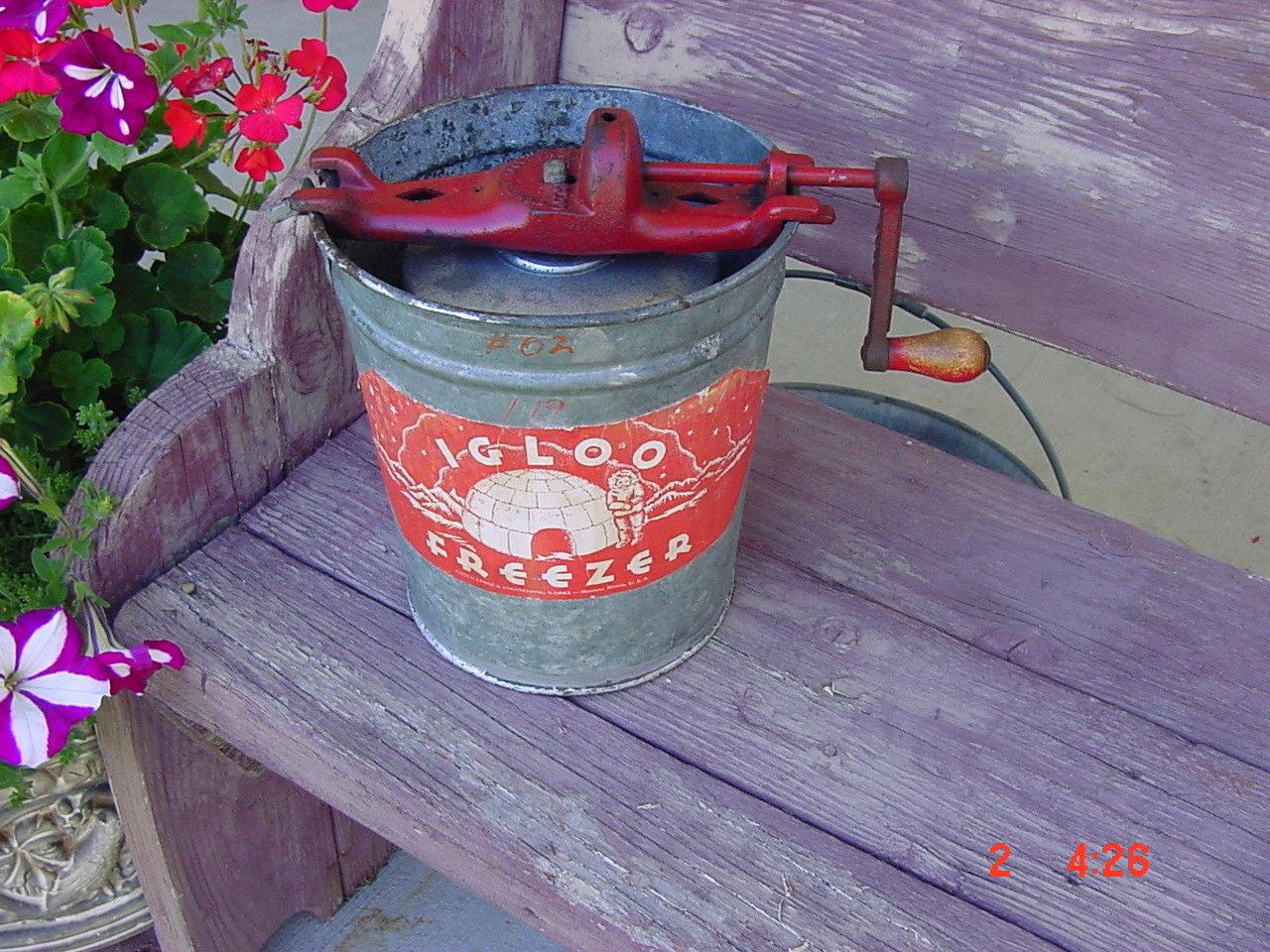
Summer afternoons sometimes ended with the rumble of a hand crank ice cream maker. Vanilla or chocolate was churned slowly, kids taking turns spinning the handle until arms grew tired. The reward was a bowl of icy sweetness, often topped with canned fruit or syrup for flair. Store-bought ice cream was rare, but homemade felt luxurious. Everyone gathered around, savoring the cold treat on porches and lawns. It wasn’t about perfect texture or flavor, it was about sharing the moment. That simple scoop felt fancy because it was made together, reminding families that joy came from the simplest efforts.
13. Sewing Your Own Clothes from Patterns
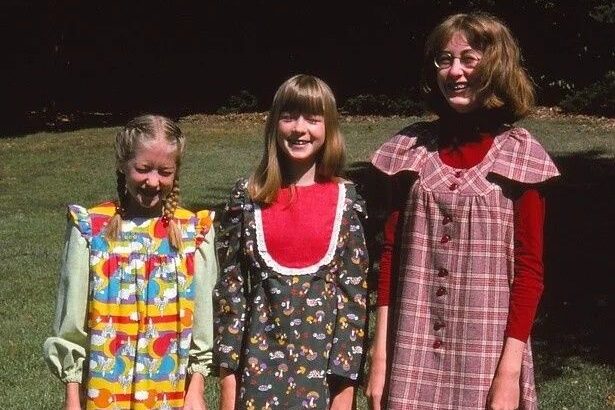
Clothing racks at the store could be expensive, so many turned to sewing patterns and bolts of fabric. Mothers and grandmothers cut and stitched dresses, shirts, and coats that looked like they belonged in shop windows. Kids wore outfits tailored at home, sometimes proudly pointing out that “Mom made this.” The process saved money, but it also gave a sense of pride in wearing something original. The clothes carried the touch of care and creativity. Every stitch represented sacrifice, patience, and love, and each outfit proved that elegance didn’t come from labels but from skillful hands at work.
14. Using a Crockpot for “Gourmet” Meals

The slow cooker became a secret weapon for creating hearty meals that felt rich. Meat, potatoes, and vegetables simmered all day, filling homes with a comforting aroma. By dinnertime, the family gathered around dishes that tasted like feasts. It didn’t matter that the ingredients were inexpensive cuts or simple vegetables, the flavors blended into something that felt indulgent. The long cooking made meals stretch further, too, feeding big families with less. Sitting down to eat from the crockpot gave the sense of a special occasion, showing that time and care could elevate the humblest foods into something memorable.
15. Hanging Drapes or Curtains to Create “Rooms”

Not every house had enough space for privacy, so fabric became the answer. A curtain hung across a doorway or a drape stretched between two walls could transform one room into two. Children suddenly had a corner that felt like their own, and parents carved out little pockets of peace. It was a clever way to make homes feel larger without any remodeling. Guests often thought it looked intentional, adding charm to small spaces. A simple piece of cloth gave dignity, turning cramped quarters into livable spaces. It proved that imagination could create comfort where money could not.
16. Polishing Furniture with Cooking Oil
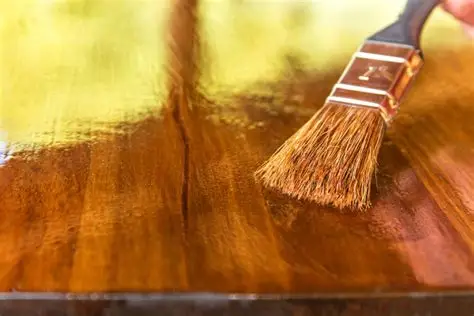
Dining tables and wooden chairs shined not from store polish but from a splash of cooking oil. A rag and a little elbow grease brought out a gleam that looked refined. Families took pride in keeping furniture bright and inviting, especially before guests arrived. Even if the pieces were scratched or worn, the shine gave them new life. A meal served at a glowing table somehow tasted better, as if effort added flavor. It was about showing care for what you had, making a home look gracious without spending extra. Shine became a small badge of resourceful pride.
17. Turning Leftover Bacon Grease into Cooking Oil
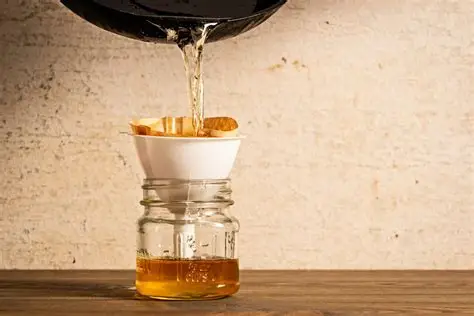
Every drop of bacon grease was saved, cooled, and poured into a jar for later. Instead of buying oil or butter, families used it to fry eggs, season vegetables, or add flavor to beans. Meals tasted richer, and nothing went to waste. Children didn’t think of it as saving money, they just knew dinner had a special smoky flavor. The jars lined up in the kitchen weren’t signs of lack but of cleverness. That simple reuse stretched budgets and stretched recipes, turning scraps into something useful. Bacon grease gave meals heart and character, proving thrift could be delicious.
18. Reusing Tea Bags
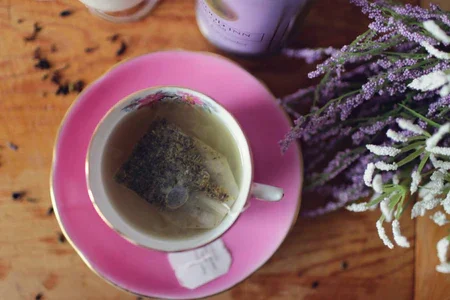
A cup of tea could be brewed more than once, and families made sure no bag went to waste. The first steep was strong, the second a little lighter, and sometimes even a third still gave enough flavor to feel like a treat. Sharing tea with guests meant stretching a single box further than it was meant to go. Nobody complained because the ritual mattered more than the taste. Sitting together with warm cups was the real luxury. By reusing tea bags, families showed that hospitality didn’t need extravagance. What mattered was the company, not the strength of the brew.
19. Patching Clothes from the Inside

Clothing wasn’t easily replaced, so repairs kept wardrobes alive. Instead of tossing worn pieces, families patched them carefully from the inside. A hole in a coat or trousers disappeared beneath neat stitches, leaving the outside looking untouched. Children went to school in pants that seemed good as new, and parents stepped out with coats that carried hidden mends. It was pride mixed with necessity. Clothes stayed respectable, and money stayed in pockets. Repairing instead of replacing showed a quiet resilience, turning every stitch into proof that you didn’t need to buy new things to keep looking put together.
20. The Big Splurge: The First Color TV

After years of saving, some households finally brought home a big wooden console color television. It was more than entertainment, it was a crown jewel. Families gathered around to watch their favorite shows burst into color for the first time. Neighbors even came by, marveling at the vivid screen during the big game or special events. The purchase marked a milestone, a reward for months of thrift and sacrifice. While many daily choices focused on stretching dollars, the television was a reminder that patience paid off. It symbolized making it, not just for the family but for the whole block.
21. The Big Splurge: Air Conditioning or a Station Wagon
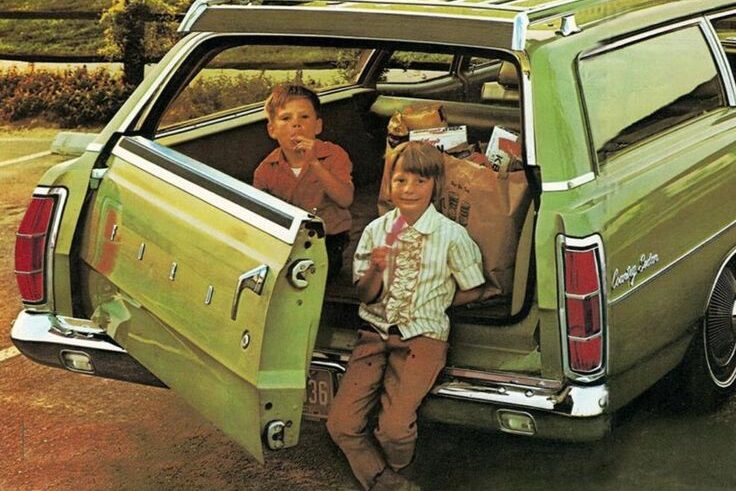
Some families took their splurge a step further, investing in a window unit air conditioner or a shiny station wagon. These were the kinds of luxuries that set a household apart. Summers became bearable when the cool air flowed, and road trips felt grand in the spacious car. It wasn’t about showing off, it was about finally enjoying a slice of comfort. The long savings and careful budgeting made the purchase sweeter. These splurges reminded everyone that while thrift was a way of life, there was always room to dream big and celebrate reaching milestones together as a family.
22. Reusing Scrap Paper for Notes
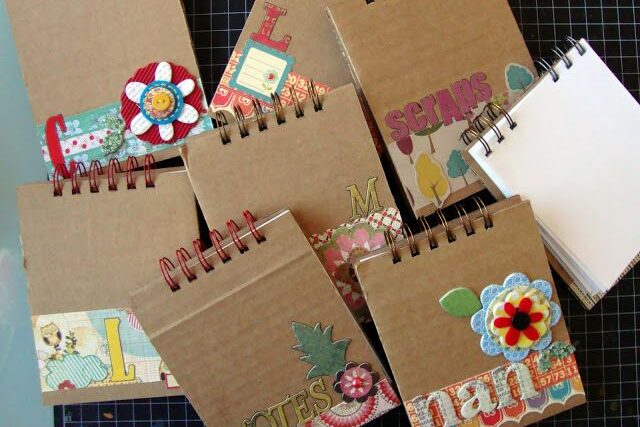
The back of envelopes, school worksheets, or old letters became notepads. Families jotted shopping lists, recipes, and reminders on whatever scraps they had. Drawers and counters often held small stacks of mismatched paper, ready for the next thought. It wasn’t wasteful, it was practical, and nobody thought twice about it. Even children doodled on leftover bits, turning recycling into creativity. Visitors may not have noticed, but the habit saved money while keeping households organized. What looked like clutter was really resourceful order. The scraps carried usefulness long after their first purpose, proving that nothing needed to be thrown away quickly.
23. Using a Clothesline for “Fresh” Sheets
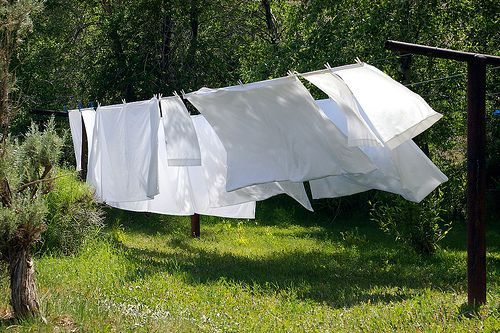
Few things felt more luxurious than crawling into bed with sun dried sheets. Families hung laundry on clotheslines, letting the breeze and sunshine work as natural dryers. Neighbors’ yards fluttered with colorful fabrics, each line swaying like banners of daily life. The scent was crisp, earthy, and unmatched by machines. Sheets felt fresher, towels fluffier, and it cost nothing but time. What could have looked like a chore became a ritual of care. In a way, it made every night’s sleep feel special. The habit proved that simple practices could create small luxuries money could never buy.
24. Patching Cracked Windows with Clear Tape
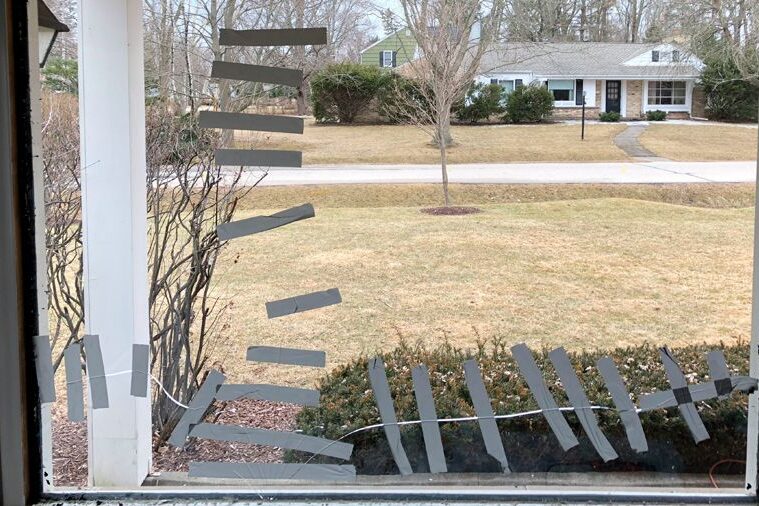
Not every broken window was replaced right away. Instead, a strip of clear tape smoothed over cracks, holding things together until repairs could be made. From a distance, the window looked intact, keeping up appearances. In winter, it even served as a bit of insulation, stopping cold drafts from sneaking in. Families took pride in these quick fixes, knowing it made their homes look cared for. It wasn’t perfect, but it showed ingenuity and effort. Small measures like these were proof that dignity was often preserved in the details, where resourcefulness always carried the day quietly and gracefully.
Our grandparents had a knack for making the most of what they had. They showed us how a little ingenuity, some thriftiness, and a touch of pride could turn everyday life into something a little more special. They may not have had everything they wanted, but they certainly had everything they needed and always with a flair. In the end, it wasn’t about keeping up with the Joneses. It was about living within your means while keeping up with a dream.
This story 24 Little Ways Our Grandparents Made Life Look Fancy (On a Shoestring Budget) was first published on Daily FETCH


